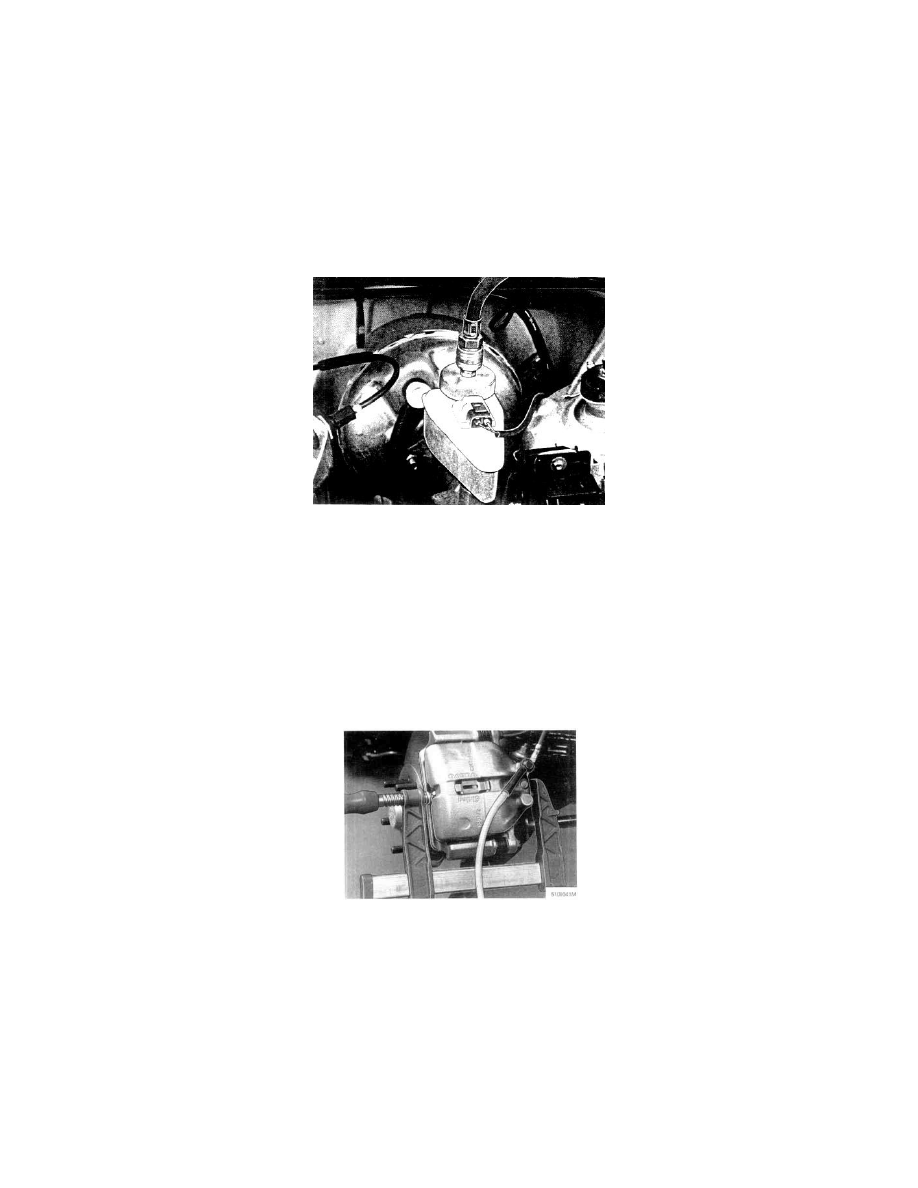V90 L6-2.9L VIN 96 B6304S (1998)

Brake Fluid: Service and Repair
NOTE: Replacement of brake fluid is recommended every 40,000 km (30.000 miles = 48,000 km in USA) or every second year. However, the fluid
should be changed every year if driving involves severe braking, for example if the car is used in mountainous terrain or in a tropical climate of high
humidity. The brake fluid must be changed at intervals due to the fact that it is hydroscopic; in other words, that it absorbs water molecules from the
surrounding air. Moisture is absorbed through the brake hoses and brake fluid reservoir which, being made of rubber and plastic respectively, are not
completely impervious to moisture. Since a higher moisture content lowers the boiling point of the fluid significantly, the system components are
exposed to corrosion, resulting in damage and greatly impaired operation.
1. Place plenty of paper underneath the master cylinder
2. Separate reservoir from master cylinder. Gently press reservoir sideways and withdraw from rubber seals.
3. Clean reservoir and strainer. Clean components thoroughly with denatured alcohol or fresh brake fluid. Inspect reservoir seals and replace as
required.
4. Reinstall cleaned reservoir. Fill reservoir with fresh brake fluid.
5. Connect bleeding unit to reservoir or a unit which pressurizes the system to 2-3 bar (29-44 psi) must be used when replacing. Follow supplier's
instructions regarding connection and operation of bleeding unit.
6. Remove wheels. Jack up and support car. Remove all wheels.
7. Remove dust cap from lower bleeder nipple on caliper and connect fluid collector tube. Open nipple about one turn.
8. Pressurize system with bleeding unit. Drain off sufficient amount of brake fluid. Close bleeding nipple and disconnect tube. Fit dust cap.
NOTE: Connect tube to upper nipple on caliper and check that no air bubbles are present in escaping fluid. Tighten nipple and refit dust cap.
9. Depressurize system with bleeding unit. Remove tools from caliper. Install brake pads. Operate brake pedal several times. Repeat operations 7-9
on other caliper.
10. Remove dust cap from bleeding nipple on one of front calipers. Connect fluid connector tube. Open nipple about one turn.
11. Press piston to bottom of caliper. Use screw clamp as illustrated.
NOTE: Ensure that clamp bears on outer brake pad. Leave clamp in position.
12. Pressurize system with bleeding unit. Drain off sufficient amount of brake fluid. Close bleeding nipple and disconnect tube. Refit dust cap.
